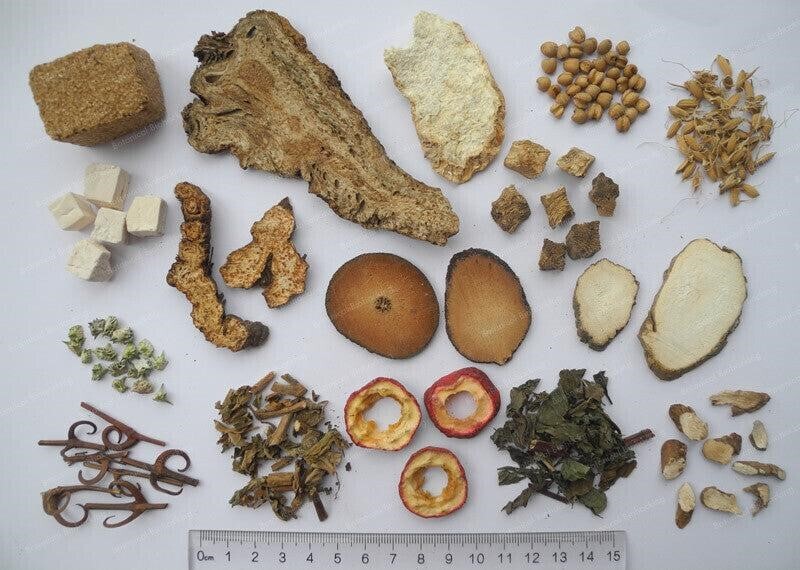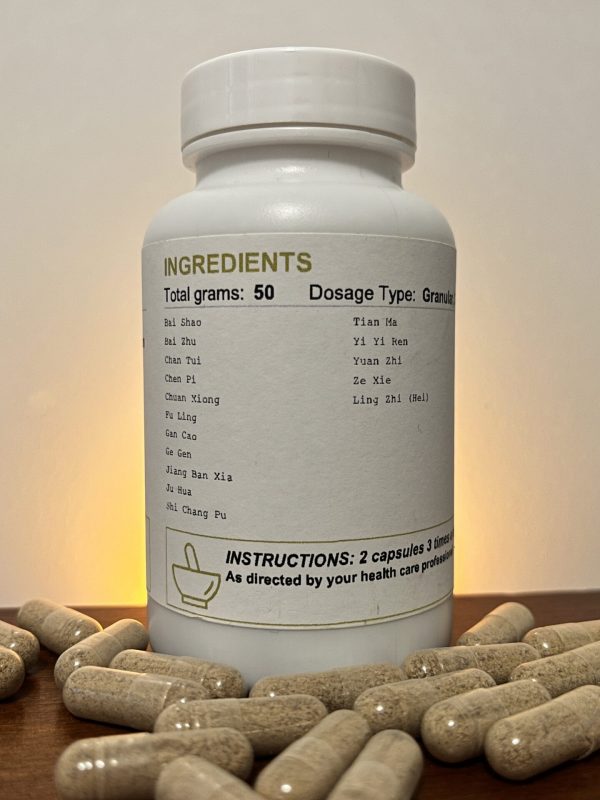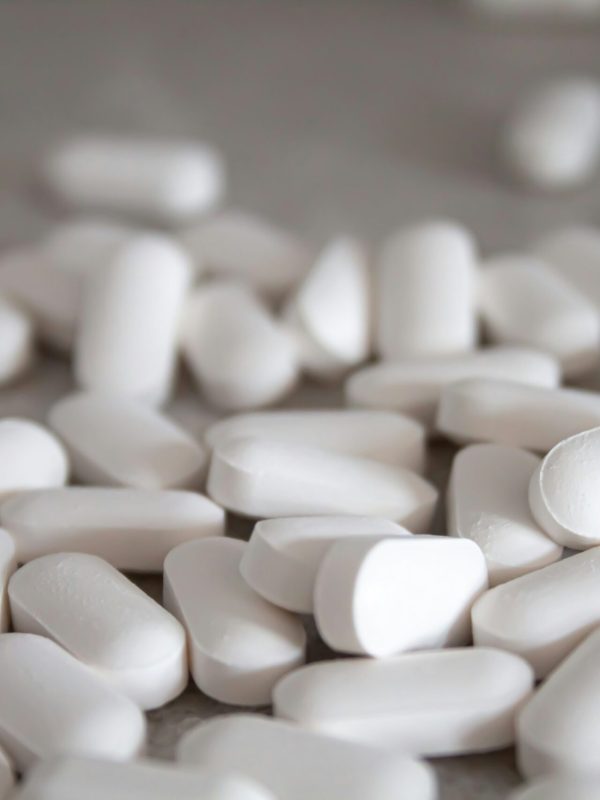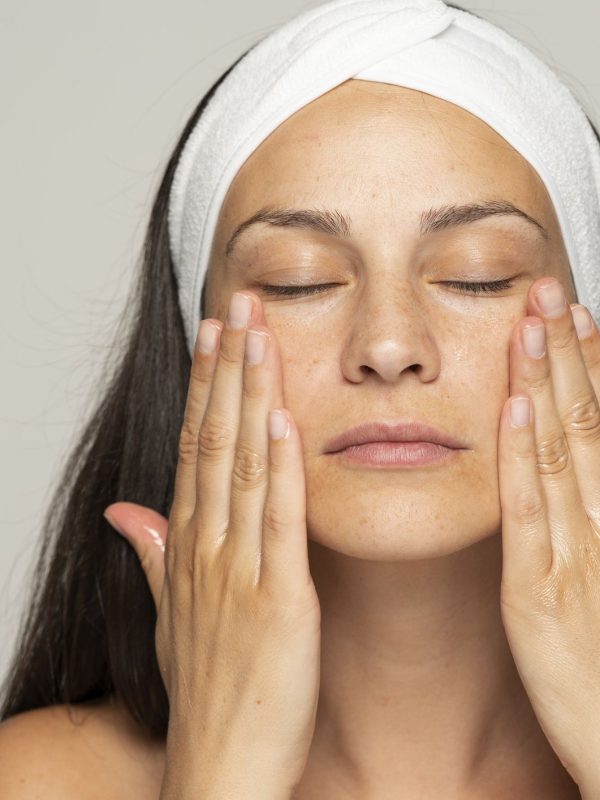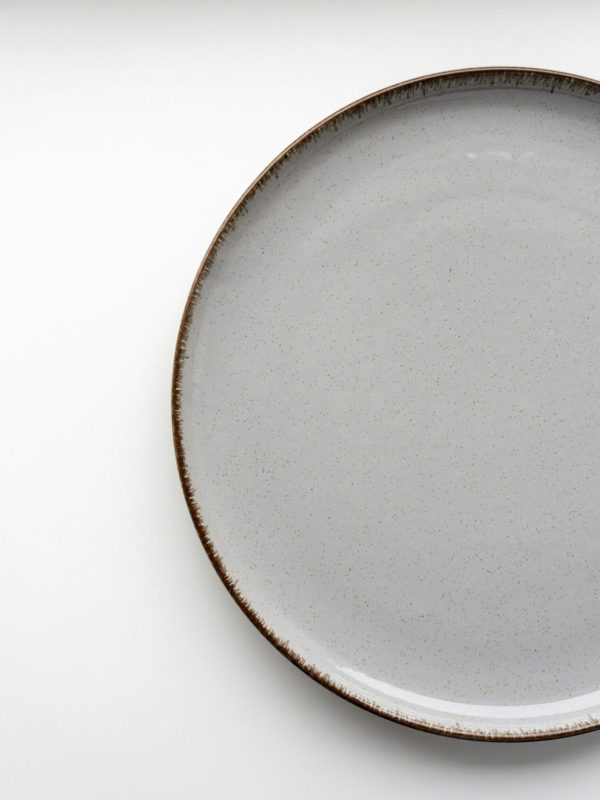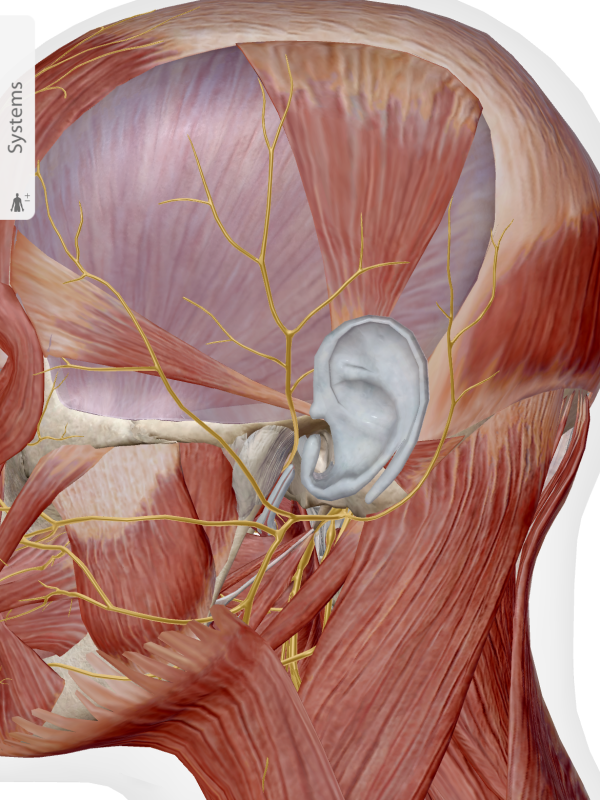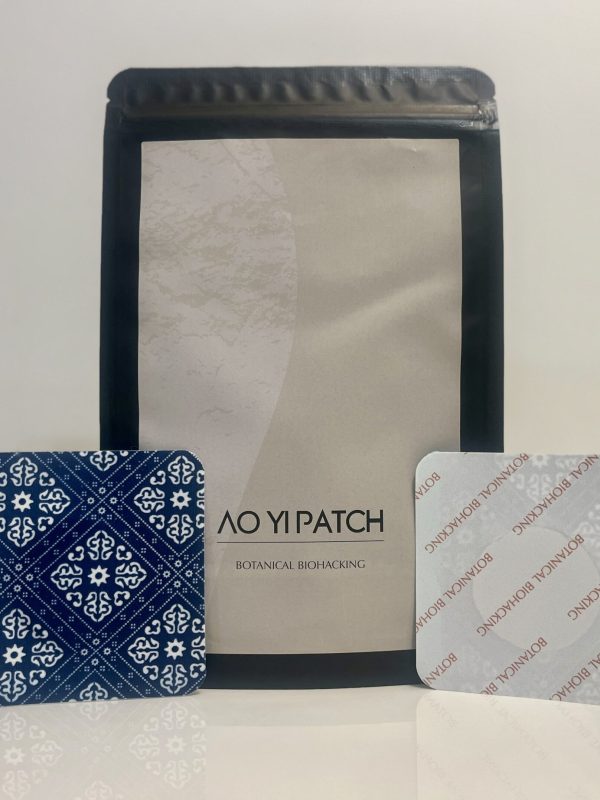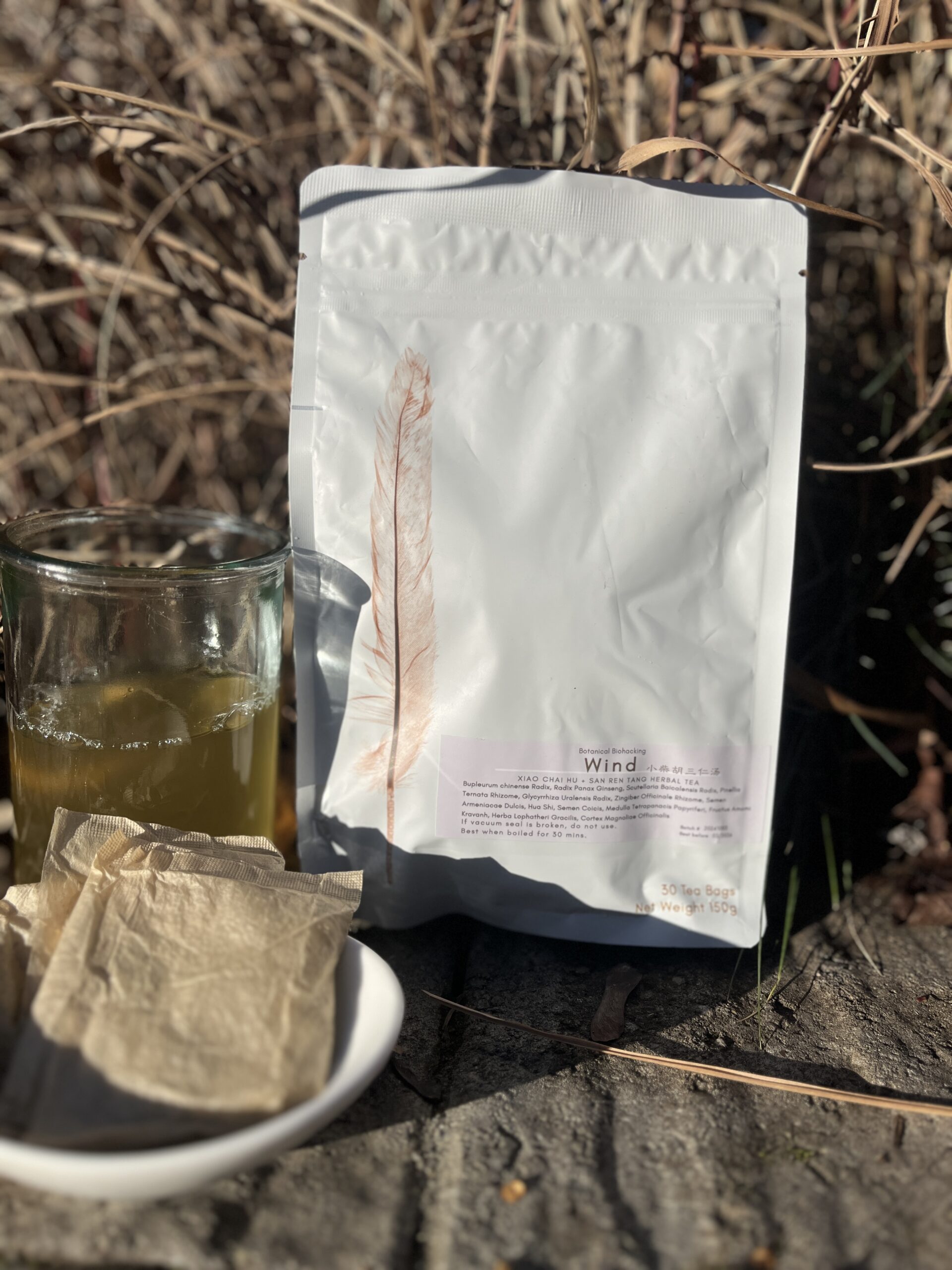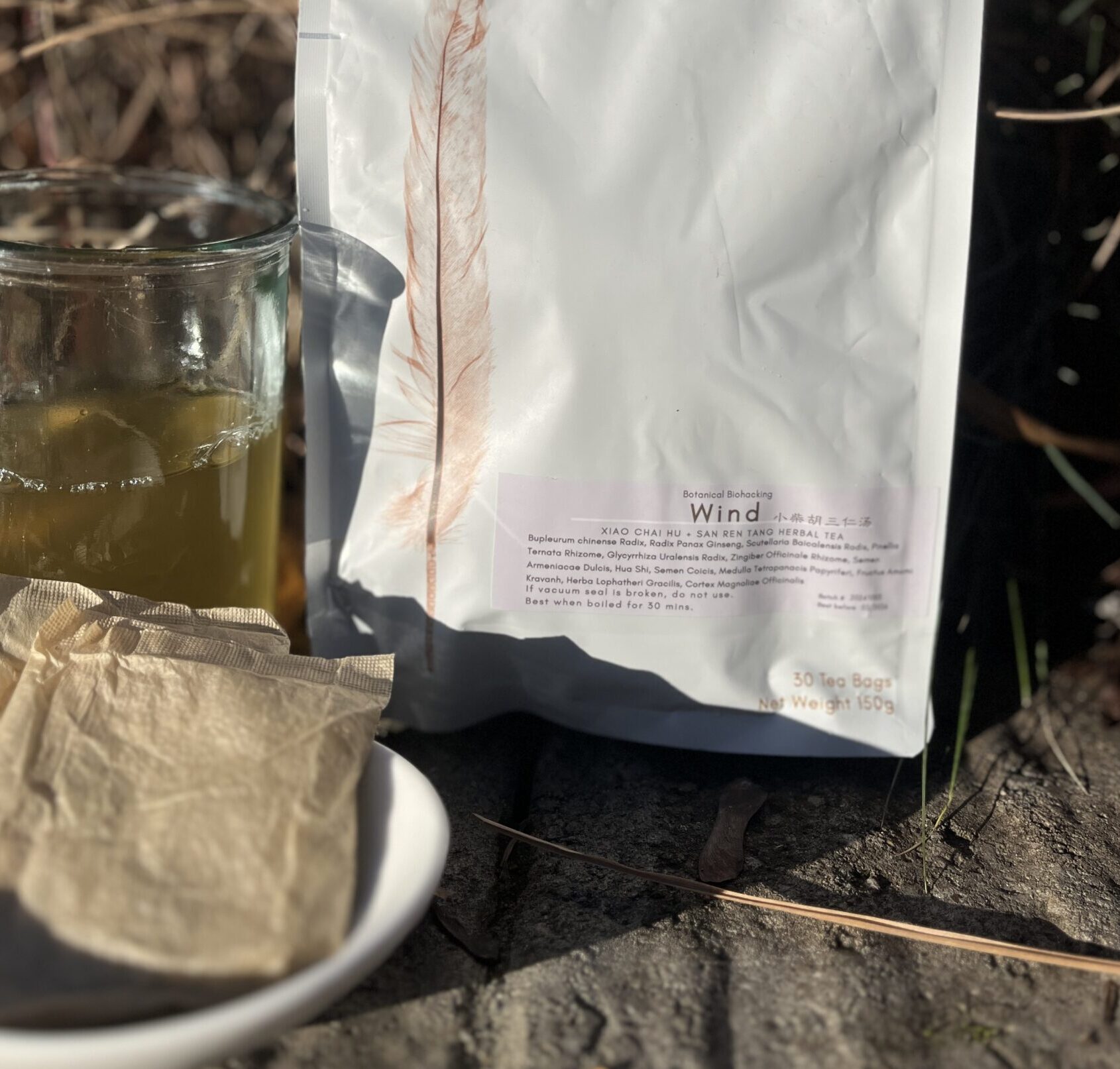
Which Is Better: Zheng Gu Shui, Evil Bone Water, or Biofreeze?

Willard Sheppy Dipl. OM, LAc, BS
Willard Sheppy is a licensed acupuncturist (LAc) and Founder of Valley Health Clinic specializing in using Traditional Chinese Medicine to treat acute injuries and chronic conditions, and to improve sports performance and rehabilitation.

Table of Contents
When It Comes to Topical Pain Relief, the Details Matter
As an acupuncturist, I use topical sprays every single day in the clinic. They’re not all the same.
When it comes to topical pain relief, choosing the right topical matters. Zheng Gu Shui is a traditional Chinese herbal liniment with centuries of use. Evil Bone Water is a contemporary, handcrafted version of Zheng Gu Shui, made with high-grade herbs. Biofreeze gel is a widely used menthol-based analgesic. .
Below is a clear, experience-based comparison written for patients based on what I actually use, what I don’t, and why.
Key Takeaways
- Biofreeze is useful for quick cooling, lubrication, and clean application, but it’s not a tissue-healing formula.
- Zheng Gu Shui is a powerful traditional trauma liniment best suited for acute injuries, bruises, and short-term use.
- Evil Bone Water builds on Zheng Gu Shui by adding herbs that support inflammation control, circulation, and long-term tissue repair.
Video Comparison: Side-by-Side Spray Test
Video: Biofreeze vs Evil Bone Water: Side-by-Side Spray Test & Residue Comparison
https://youtube.com/shorts/o9-y46R47JQ?feature=share
In this video, I spray Biofreeze and Evil Bone Water side by side and let them dry.
What stood out immediately: Biofreeze dried into a crusty, filmy residue, while Evil Bone Water evaporated cleanly with no tacky film
Comparison Chart: Biofreeze vs Zheng Gu Shui vs Evil Bone Water
Feature | Biofreeze Gel | Zheng Gu Shui | Evil Bone Water |
Typical Price (3–4 oz) | $11–$15+ | $20–$35+ | $40–$42+ |
Active Ingredients | Menthol 4% | Camphor 5.6%, Menthol 5.6% | Natural camphor, natural menthol |
Herbal Components | Aloe, arnica, burdock (supporting extracts) | Blood-moving trauma herbs: knotweed, swallowwort, prickly ash, zedoary | Chronic injury & healing herbs: San-Qi, Gui Pi, E Zhu, Bai Zhu, Hu Zhang, Huang Qin, more |
Alcohol Base | Yes (isopropyl alcohol) | Yes (alcohol + water) | Yes (high-proof alcohol) |
Residue / Sensation | Cooling; can leave a tacky film; won’t stain | Cooling; dries clean; may stain | Warming + cooling; dries clean; may stain |
Healing Support | Short-term symptom relief | Traditional support for acute injury | Enhanced support for inflammation & chronic pain |
If you’re dealing with lingering pain or an injury that just won’t fully resolve, this is the topical I reach for in my clinic.
Evil Bone Water goes beyond surface cooling and is designed to support circulation, inflammation, and tissue recovery.
Try Evil Bone Water and feel the difference.
How I Use These in Practice
Why I Use Biofreeze
- Affordable in bulk
- Packaged in durable plastic bottles
- Clear, non-greasy, and non-staining
- Fast and consistent
- A quick-drying lubricant
- Light cooling feedback
- Something patients won’t feel on their clothes
- At the end of acupuncture treatments during gua sha
- During short silicone cupping sessions
- When comfort and cleanliness matter more than depth
What I Don’t Like About Biofreeze
I recently ran a simple test in the clinic: Biofreeze on one surface, Evil Bone Water on another, camera rolling, then wait.
What I saw surprised me.
Biofreeze dried into a visible, grimy film.
- If it leaves residue on surfaces, it’s likely doing the same on skin
- There are plenty of user reviews mentioning irritation
- I’m not comfortable with repeated, long-term use of something that leaves a film
Why I Don’t Use Solstice Zheng Gu Shui in the Clinic
- Bottles are too small for high-volume use
- Added dyes aren’t something I want on skin or clothing
Why I Use Evil Bone Water
I use Evil Bone Water when:
- Pain is persistent or chronic
- Cheaper sprays helped but plateaued
- There’s real tissue injury or strain
- I want more than surface-level cooling
What I Like:
- High-quality, clinic-grade herbs
- Natural menthol and camphor
- A higher-grade alcohol extraction
- Gentler feel for sensitive skin
What I don’t like:
- Glass bottle isn’t great for travel
- It can stain white clothing (usually washes out)
- Some people dislike the herbal smell
Ingredient Philosophy
Biofreeze: Modern Pharmaceutical Logic
- Pharmaceutical formulation science (delivery, texture, stability)
- Cosmetic dermatology (skin feel, irritation reduction)
- Wellness signaling (plant extracts that look natural but aren’t part of a true herbal system)
Zheng Gu Shui: Acute Trauma Logic
Zheng Gu Shui is designed to:
- Move blood aggressively
- Break stagnation
- Reduce pain and bruising fast
Evil Bone Water: Chronic Injury & Repair Logic
Evil Bone Water keeps the trauma-clearing foundation but expands it:
- Moves blood and controls inflammation
- Warms channels and relaxes tight tissue
- Supports tendons, joints, and bone
- Helps old injuries finally resolve
The Bottom Line
- Biofreeze → quick, clean, affordable, light cooling, functional lubricant
- Solstice Zheng Gu Shui → traditional formula, but not practical for clinic use
- Evil Bone Water → when healing, circulation, and long-term pain resolution actually matter

Evil Bone Water
Ingredient Lists
Biofreeze — Ingredients
Active Ingredient
- Menthol (4%)
Inactive Ingredient
- Aloe Barbadensis Leaf Extract
- Arctium Lappa (Burdock) Root Extract
- Arnica Montana Flower Extract
- Blue 1 (synthetic dye)
- Boswellia Carterii Resin Extract
- Calendula Officinalis Extract
- Camellia Sinensis (Green Tea) Leaf Extract
- Camphor
- Carbomer
- Glycerin
- Ilex Paraguariensis (Yerba Mate) Leaf Extract
- Isopropyl Alcohol
- Isopropyl Myristate
- Melissa Officinalis (Lemon Balm) Leaf Extract
- Silica
- Tocopheryl Acetate (Vitamin E)
- Triethanolamine
- Water
- Yellow 5 (synthetic dye)
Zheng Gu Shui — Ingredients
Active Ingredient
- Camphor (5.6%)
- Menthol (5.6%)
Inactive Ingredient
- Alcohol
- Japanese Knotweed (Polygonum cuspidatum) Rhizome
- Paniculate Swallowwort Root
- Shin-leaf Prickly Ash Root
- Zedoary Rhizome
- Water
Evil Bone Water — Ingredients
Active Ingredient
- Zhang Nao (Natural Camphor)
- Bo He Nao (Natural Menthol)
Medicinal Ingredients
- San / Tian Qi (Notoginseng)
- Gui Pi (Cinnamon Bark)
- E Zhu (Zedoary Rhizome)
- Bai Zhu (Atractylodes Rhizome)
- Hu Zhang (Knotweed Rhizome)
- Bai Niu Dan (Inula cappa)
- Qian Jin Ba (Flemingia Root)
- Huang Qin (Scutellaria Root)
Base
- High-grade alcohol (traditional extraction medium)
Testimonials
FAQ's
What is Zheng Gu Shui used for?
Is Evil Bone Water the same as Zheng Gu Shui?
They are related but not the same. Evil Bone Water is inspired by Zheng Gu Shui–style formulas but expands on them by adding herbs that:
- Reduce ongoing inflammation
- Support tendons, joints, and connective tissue
- Address chronic or unresolved injuries
Think of Zheng Gu Shui as acute trauma support, and Evil Bone Water as trauma + healing.
Why does Biofreeze feel different from herbal liniments?
Biofreeze relies on menthol as a counter-irritant, which creates a cooling sensation that temporarily interrupts pain signals. Its inactive ingredients are designed for:
- Texture
- Fast drying
- Skin feel
- Shelf stability
It’s engineered more like a pharmaceutical gel than a medicinal herbal formula.
Does Biofreeze heal inflammation?
Can these sprays stain clothing?
- Biofreeze: Does not stain
- Zheng Gu Shui: Can stain due to dyes and herbal pigments
- Evil Bone Water: May stain light or white clothing, but typically washes out
I recommend applying herbal liniments before dressing or covering the area if needed.
Are these safe for sensitive skin?
- Biofreeze: Generally well tolerated, but some users report irritation with frequent use
- Zheng Gu Shui: Strong; best for short-term use
- Evil Bone Water: Uses natural menthol and camphor and is often gentler, but still strong. The natural ingredients makes it safe for many people sensitive skin.
References
Yang, X., Wang, Y., Bai, L., Miao, T., & Wen, X. (2023). Mechanism of action of Baohe pills in improving functional dyspepsia. MEDS Chinese Medicine, 5(7), 48–55. Clausius Scientific Press. https://doi.org/10.23977/medcm.2023.050707
Maideen N. M. P. (2023). Adverse Effects Associated with Long-Term Use of Proton Pump Inhibitors. Chonnam medical journal, 59(2), 115–127. https://doi.org/10.4068/cmj.2023.59.2.115
Tu, Y., Luo, X., Liu, D., Li, H., Xia, H., Ma, C., Zhang, D., Yang, Y., Pan, X., Wang, T., Xia, Y., Dan, H., You, P., & Ye, X. (2022). Extracts of Poria cocos improve functional dyspepsia via regulating brain-gut peptides, immunity and repairing of gastrointestinal mucosa. Phytomedicine : international journal of phytotherapy and phytopharmacology, 95, 153875. https://doi.org/10.1016/j.phymed.2021.153875
Chen, X. Y., Chen, H. M., Liu, Y. H., Zhang, Z. B., Zheng, Y. F., Su, Z. Q., Zhang, X., Xie, J. H., Liang, Y. Z., Fu, L. D., Lai, X. P., Su, Z. R., & Huang, X. Q. (2016). The gastroprotective effect of pogostone from Pogostemonis Herba against indomethacin-induced gastric ulcer in rats. Experimental biology and medicine (Maywood, N.J.), 241(2), 193–204. https://doi.org/10.1177/1535370215600099
Zhen, B. X., Cai, Q., & Li, F. (2023). Chemical components and protective effects of Atractylodes japonica Koidz. ex Kitam against acetic acid-induced gastric ulcer in rats. World journal of gastroenterology, 29(43), 5848–5864. https://doi.org/10.3748/wjg.v29.i43.5848
Lee, H.-A., Yoo, J.-H., Chung, Y., & Kim, O. (2017). Inhibition of Helicobacter pylori-induced inflammation in human gastric epithelial AGS cells by the fruits of Tribulus terrestris L. extracts. Journal of Biomedical and Translational Research, 18(3), 121–124. https://doi.org/10.12729/jbtr.2017.18.3.121
Wang, Q., Shen, Z. N., Zhang, S. J., Sun, Y., Zheng, F. J., & Li, Y. H. (2022). Protective effects and mechanism of puerarin targeting PI3K/Akt signal pathway on neurological diseases. Frontiers in pharmacology, 13, 1022053. https://doi.org/10.3389/fphar.2022.1022053
Zhao, H., Feng, Y. L., Wang, M., Wang, J. J., Liu, T., & Yu, J. (2022). The Angelica dahurica: A Review of Traditional Uses, Phytochemistry and Pharmacology. Frontiers in pharmacology, 13, 896637. https://doi.org/10.3389/fphar.2022.896637
Feng, L., A, L., Li, H., Mu, X., Ta, N., Bai, L., Fu, M., & Chen, Y. (2023). Pharmacological Mechanism of Aucklandiae Radix against Gastric Ulcer Based on Network Pharmacology and In Vivo Experiment. Medicina (Kaunas, Lithuania), 59(4), 666. https://doi.org/10.3390/medicina59040666
Fu, X., Wang, Q., Kuang, H., & Pinghui, J. (2020). Mechanism of Chinese medicinal-medicated leaven for preventing and treating gastrointestinal tract diseases. Digestion, 101(6), 659–666. https://doi.org/10.1159/000493424


Call to action
That’s why, in my clinic, Evil Bone Water is what I use when the goal is healing, not just temporary relief.
It’s built on the traditional Zheng Gu Shui framework, upgraded with higher-grade herbs, natural camphor and menthol, and a formulation designed to support circulation, calm inflammation, and help damaged tissue recover over time.
It’s not the cheapest option
But it’s the one I trust when results actually matter.
If you’re ready to move beyond surface-level relief, try Evil Bone Water the same topical I use in clinical practice
